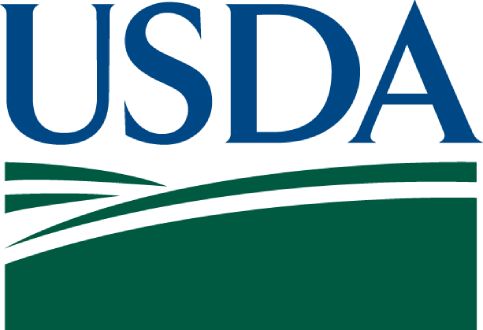School Nutrition and Meal Cost Study: Summary of Findings
The School Nutrition and Meal Cost Study (SNMCS)
Prepared for:
U.S. Department of Agriculture, Food and Nutrition Service

The U.S. Department of Agriculture’s Food and Nutrition Service administers the National School Lunch Program and the School Breakfast Program to ensure that school-age children have access to nutritious meals and snacks to support their growth and development.
In school year 2012–2013, the school meal programs began to undergo widespread changes, including new requirements that affect the food and nutrient content of school meals; the types of foods students need to select in order for their meal to be eligible for Federal reimbursement; pricing for full-price meals; and the types of foods and beverages that can be sold in schools during the school day. The School Nutrition Meal Cost Study (SNMCS) is the first nationally representative, comprehensive assessment of these programs since these reforms were implemented.
This summary report presents key findings from the study, including findings related to program operations, the nutritional characteristics of school meals, plate waste in the school lunch program, dietary intakes of school lunch participants and nonparticipants, meal costs and school foodservice revenues, and relationships between nutritional characteristics of school lunches and other key outcomes.
How do you apply evidence?
Take our quick four-question survey to help us curate evidence and insights that serve you.
Take our survey
